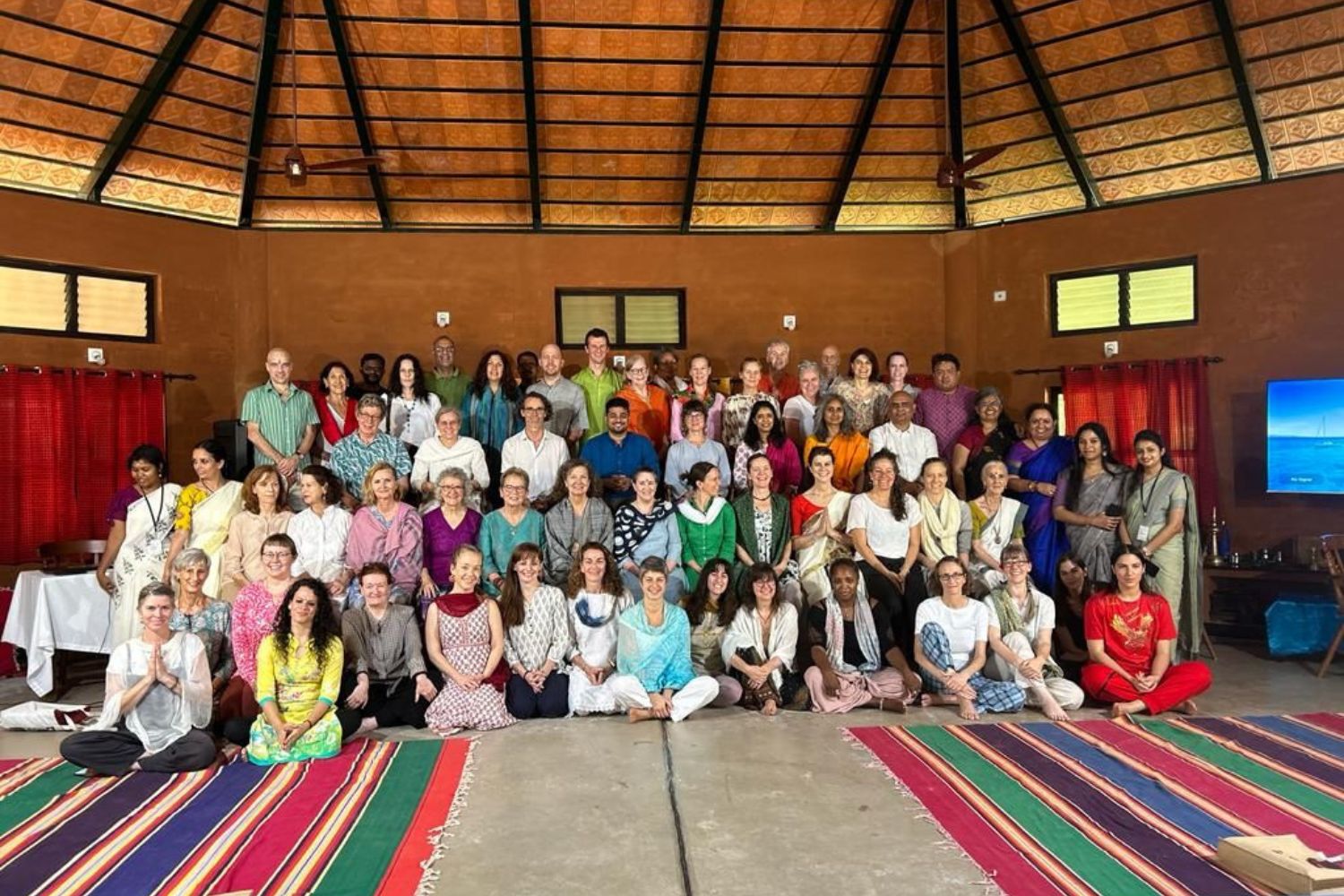Teachers
The following are some of the labels we might use for different kinds of teachers we find in India over the ages.
Sants, kāvyas, Gurus: There are innumerable fragrant Sants, saints, founders & mystic poets of ancient to modern times in India, of various spiritual heritages and lineages (Hinduism, Sikhism, Islam, etc.) Sometimes they are considered according to the geographical areas from which they were born or taught. Some of these general areas and saints are:
North India– Kabir, Mirabai, Ravidas, Tulsīdās, Surdas, Eknath, the 10 Sikh gurus, Sawan Singh, Kirpal Singh, Ajaib Singh, and many more.
Maharashtra: Namdev, Gyaneshwar (authored the gyaneshwari and amrit anubhava-advaita vedanta), Tukaram, etc.
South India – Purandaradāsa, Baba Somanath, Ramana Maharshi, etc.
Some poets, like those from the Pushtimārg, Gaudīya, and other Vaiṣṇava traditions, were never cataloged as sants, although some, like Tulsīdās, were, as were some teachers born into the Sikh religion. Also included are Sufi poets like Shams Tabrizi, Jalal-al-Din-Muhammad, Rumi, and Hafez. The many female sants, sufis or mystics include Rābiʿa al-ʿAdawiyya al-Qaysiyya, Mirabai, Muktabai, Vasuki, Indramati. We could also include here saints –like Jesus or Muhummad– upon which religions were founded or around which they are oriented.
Sant means, “one who knows/is the truth” and many of the mystic poets are widely understood to have reached the pinnacle of practical experience in their spiritual paths and shared their experience through writings, poetry and teaching.
There are countless spiritual gurus and teachers throughout ages and places within and outside of India, within and outside of many varied traditions. A couple more modern examples: Krishnamurti, Swami Gauribala Giri of the Tamil Siddha tradition who was born in Germany and lived much of his life in Sri Lanka, where he passed in 1984.
Ṛṣis & ṛṣikās, are considered spiritually enlightened (male and female, respectively) sages or seers (mantra-drashtärah) and are heroes of sorts in Indian history. They are often said to have authored the Vedas but it is more precise to say they saw or heard them in a state of enlightenment–a state that transcended the sloth or agitation of the mind. This is why the Vedas are called śruti–that which is heard. Of the 400 ṛṣis in ṛg veda Saṃhitā, at least 27 are women.
Acāryas or ācāryās (male or female teachers, respectively) are preceptors or experts in certain subjects. In this case, experts in philosophical systems. Some may also be spiritual adepts or founders of traditions or lineages. Notable ācāryas within the Hindu tradition include: Śaṅkarācārya, Abhinavagupta, Ramanuja, Madhva, Nimbarka, Vallabha, Chaitanya Mahaprabhu, Sandipani, Bhadreshdas swami, etc.
Related Satsangam Offerings:
Vedic Threads
Vedic Threads is Satsangam’s twice-monthly live, online membership where guest instructors introduce us to various Indian wisdom traditions. Some sessions that relate specifically to India’s saints, mystic poets, and teachers:

